- Home >
- Sights
Sights
About Nihonbashi
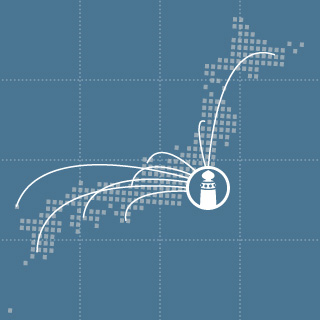
With the start of the Edo period shogunate, Nihonbashi quickly flourished thanks to its location near the castle. Merchants and craftsmen gathered here from around the country, and Nihonbashi, the bridge itself, became a local symbol and the starting point for the five major roads leading into and out of Tokyo. Blessed with numerous canals, it also became a center for the distribution of a wide variety of goods from throughout Japan. Today, while some of the original merchants continue to conduct the businesses passed down to them over the generations, represented by the noren curtains that mark the entrance to their shops, others have become major companies, but through it all, Nihonbashi has continued to grow.
"XX km to Tokyo…" Many of the road signs you see indicating the distance to Tokyo actually show the distance to Nihonbashi.
Tokyo in the Edo period was home to more than a million people, and with Nihonbashi as its vital center, was said to be bigger than Paris or London at the time, truly one of the world's great cities.
In modern Tokyo's Chuo Ward, 21 neighborhoods, including Nihonbashi Honcho and Nihonbashi Muromachi, feature "Nihonbashi" in their names. Along with Yaesu 1-chome, they made up the original 22 neighborhoods of the former Nihonbashi Ward. In 1947, it was merged with the former Kyobashi Ward to create the new Chuo City, but because so many asked that the Nihonbashi name be preserved, it was retained in the names of many of the neighborhoods remaining today.
Nihonbashi, Districts
Nihonbashi is made up of five major districts, each unique in its own way.
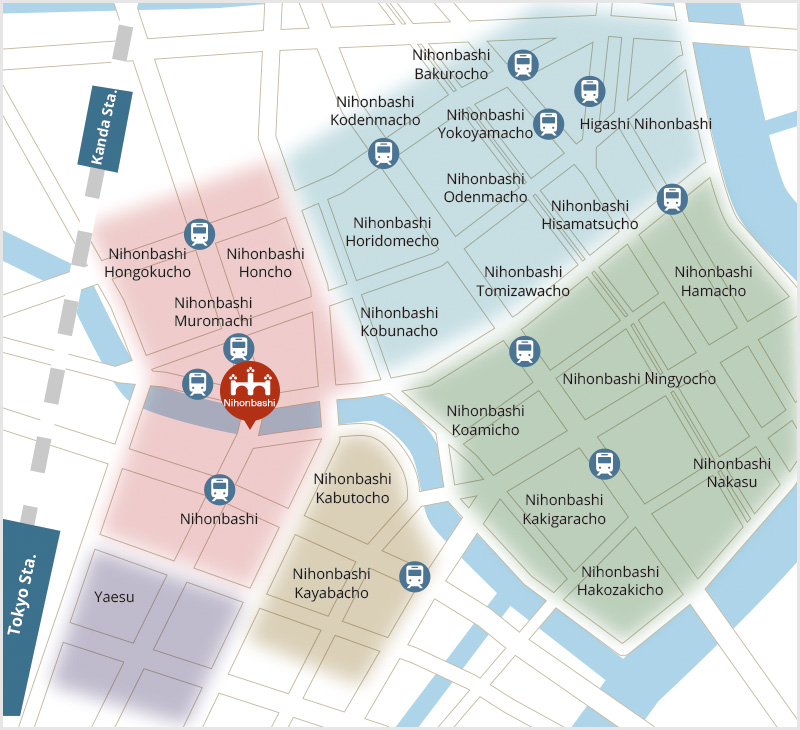
-
Nihonbashi/Muromachi Area A mix of the historical and the innovative
This district of commerce and culture at the heart of Nihonbashi is home to many of Japan's largest companies. Featuring both historical and modern architecture, the neighborhood offers some unique sights, with skyscrapers nestled up against old-fashioned alleyways. In particular, on the Muromachi side near the Kitazume intersection, the buildings lining Chuo-Dori Street maintain a height of no more than 31 m, preserving the elegant skyline of an earlier time.
-
The Famous Nihonbashi Bridge
The first Nihonbashi Bridge, originally an arched bridge made of wood, was built in 1603. The current bridge, a dual-arch design constructed of stone, was put in place in 1911. A boat landing was built to mark the bridge's 100th anniversary, and has since become a popular launching spot for accessible river transport in the middle of the city. Recent years have seen also an active movement to revisit the role of the riverside, once a lively fish market, and the views of the bridge itself, and hopes are that this will bring further positive developments to the area.
-
Tokyo Station/Yaesu Area Linking Tokyo Station and Nihonbashi
One of the first commercial districts to recover after the war, this area features many low-rise buildings, and is bristling with casual dining spots and bars, including the Yaesu underground mall. Running from Tokyo Station to Kayabacho, Sakura-Dori Street, lined with cherry trees, comes to life in the spring when the trees are in full bloom. Back alleys offer numerous galleries and antique shops, making this a well-known gathering spot for those in the arts.
-
Yokoyamacho/Bakurocho/Higashi-Nihonbashi Area From wholesalers to cutting-edge creators
This district remains steeped in its origins as a center for textile and garment wholesalers. In recent years, the area has also become a magnet for creative types, as older buildings are renovated and find new life as unique galleries and shops. The pathways along the Sumida River are ideal for jogging and biking. The Higashi-Nihonbashi area offers excellent views of Tokyo Skytree®, even from the street.
-
Kabutocho/Kayabacho Area The origins of Japan's own Wall Street
This district took on a central role in finance during the Meiji Period, when Japan's first national bank was established in Kabutocho. This was followed by the birth of the Tokyo Stock Exchange, and eventually the area came to be known as the Wall Street of Japan. This was also the site of Japan's first post office, and even today, a ceremony is held here on January 1 to mark the start of deliveries of New Year's cards, which are delivered by hand at the beginning of the year.
-
Ningyocho/Hamacho Area A downtown, neighborly spirit and culture live on
Once a lively center of popular culture, including puppet theater and other performing arts, this district was home to many craftsmen. Even today, you can hear the sounds of the shamisen and flute as you stroll the back streets. Amazake Yokocho offers enjoyable dining, while spots to relax, including Hamacho Ryokudo and Hamacho Park, are plentiful. There are also many shrines dedicated to Nihonbashi's Seven Deities of Good Fortune.
Recommendations
-
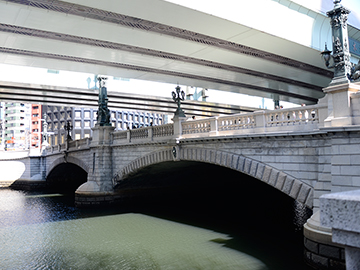
Nihonbashi
One of Japan's "Important Cultural Properties," as designated on May 13, 1999, the current incarnation of the Nihonbashi Bridge has stood for more than 100 years. The bridge was first constructed in 1603, and the one that stands today is the 19th incarnation, rebuilt in the same spot as the original. As an enduring part of the landscape and the gateway to Japan's sophisticated network of roads, Nihonbashi, literally "Japan Bridge," is an iconic symbol of the eponymous Nihonbashi area and the long, storied history of Tokyo.
-
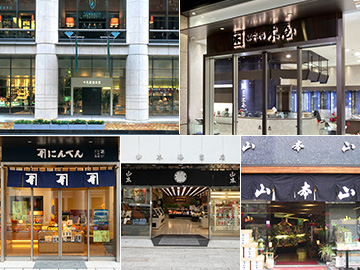
Chuo-Dori Street
Chuo-Dori Street is home to a mix of traditional European architecture, modern commercial complexes and numerous shops that date back as much as 300 years. Chuo-Dori Street is the perfect place to enjoy the flavors and crafts that have been handed down over centuries.
-
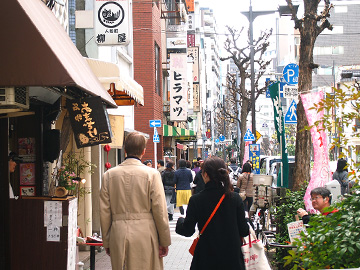
Amazake Yokocho
Located in Nihonbashi's Ningyocho, Amazake Yokocho is a street lined with stores selling traditional Japanese confections and traditional crafts. Many of the shops feature classic ningyoyaki and taiyaki cakes and rice crackers, each made by the hands of dedicated craftsmen. This is a great place to watch them work and eat as you go.
Museums
-
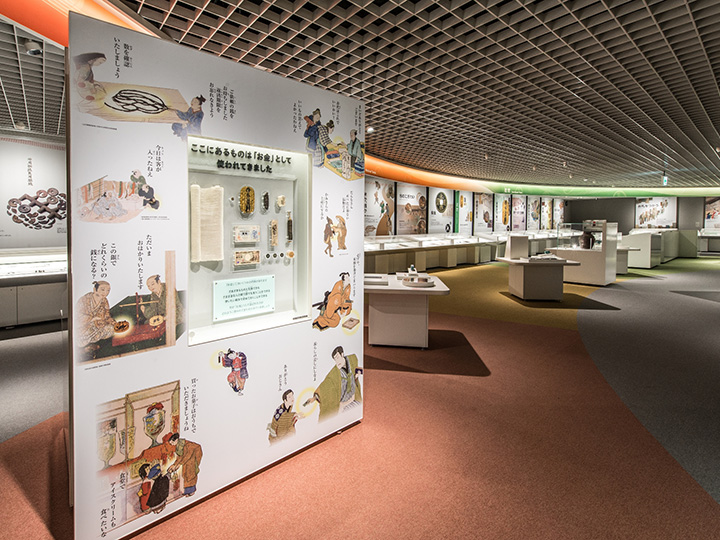
Currency Museum Bank of Japan
The Currency Museum was established in 1982 within the Bank of Japan to commemorate the bank's 100th anniversary. The main exhibit displays coins, bills, and other currency-related items from Japan and other East Asian countries. Visitors can see the evolution of and history behind Japan's money.
-
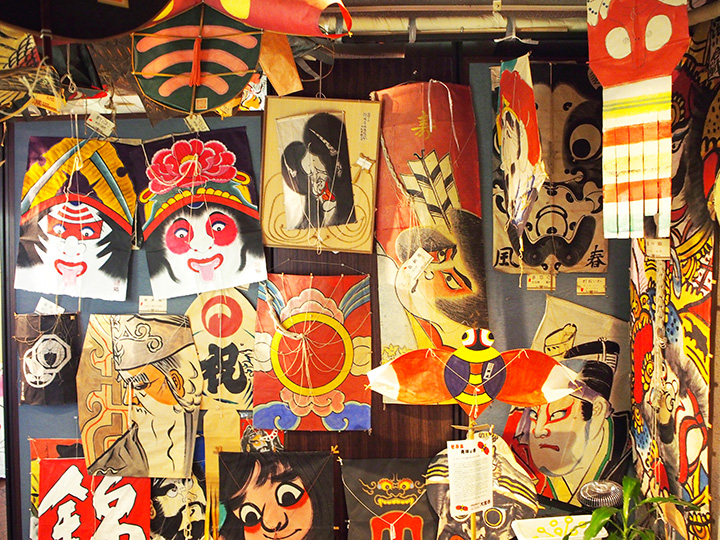
Tokyo Kite Museum
The Kite Museum has nearly 300 kites from throughout Japan on display, some dating back to the Edo period. They range from enormous Edo-style kites, decorated with images of warriors and traditional beauties, to kites small enough to fit in the palm of your hand, as well as a variety of unusually shaped kites collected from around the world.
-
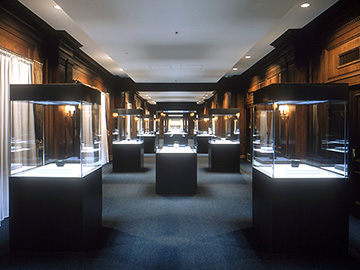
Mitsui Memorial Museum
This museum is located inside the Mitsui Main Building, which is designated an Important Cultural Property. The Mitsui Memorial Museum stores and displays the Mitsui family's collection of fine arts and crafts pieces, collected since the family's origins in the early Edo period. The museum shop sells original merchandise and reproductions.
Shrines & Temples
-
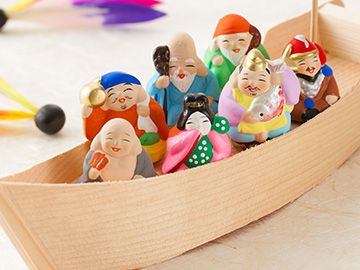
The Seven Gods of Good Fortune in Nihonbashi
Around the famous Suitengu Shrine are the other seven shrines of the Seven Deities of Good Fortune (Shichifukujin). Make the pilgrimage between the shrines, about an hour and a half on foot, and secure your good fortune for the year.
-
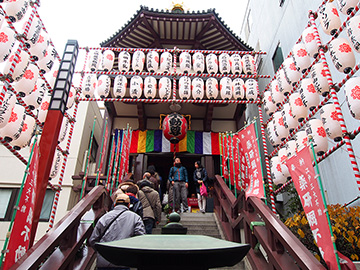
Yagenbori Fudo Temple
This is the Tokyo offshoot of Kawasaki Daishi (Heikenji Temple), a Buddhist temple known for warding off misfortune, which during the Edo period was one of Tokyo's three major temples enshrining the Fudo deity. Kodan, a type of traditional historical narrative, has deep roots here, and on the 28th of each month, the deity's festival date, a storytelling offering is made. On the 15th of every month, the temple also holds a sutra transcription event, where visitors can write out scripture for themselves.
-
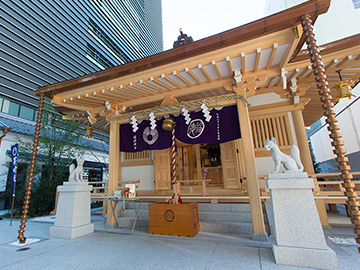
Fukutoku Shrine
This historic shrine has stood in Nihonbashi since before the mid-9th century. Warlords such as Minamoto no Yoshiie and Ota Dokan, as well as Tokugawa Ieyasu and Tokugawa Hidetada, were among its patrons and visitors. The shrine is also called "Mebuki," or Sprouting Shrine, a name taken from an anecdote that buds sprouted on its main gate, made of sawtooth oak.
-
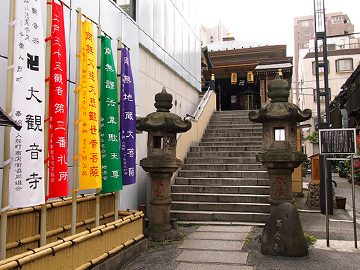
Ogannonji Temple
Ogannoji was said to have been constructed here in Ningyocho in 1880. The statue of Kannon, the temple's principle object of worship, depicts only the head, which measures 170 cm in height. It is unveiled to the public only on the 17th of each month. Given its location in Ningyocho (Doll Town), it is also well known for offering memorial services for dolls.


